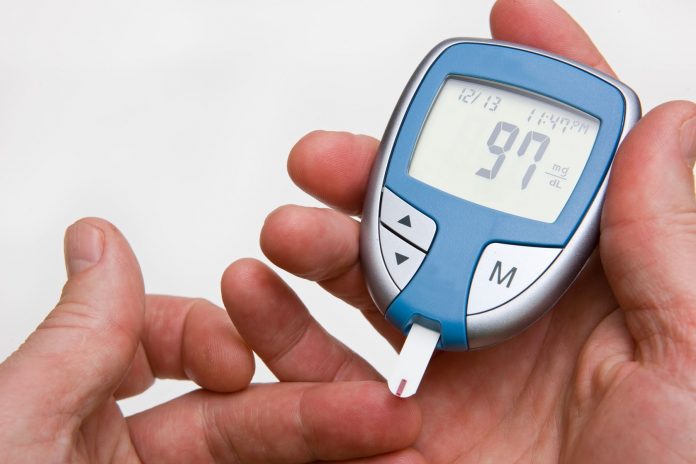After turning 26, Alec Smith could no longer be covered by his mother’s health insurance policy. He was also ineligible for coverage from his employer. This was a problem—for Smith was a type 1 diabetic.
Dependent on insulin to prolong his life, Smith faced out-of-pocket expenses of nearly $1,300 a month. To manage this cost, he began rationing his insulin doses, a deadly tradeoff between keeping up financially and maintaining his long-term health. Tragically, this caused him to go into a diabetic coma and die.
Many other diabetics are in similar financial situations. CBS News recently reported finding “horror stories every day” of diabetics reducing their insulin doses to cope with the astronomical prices. With over 100 million Americans living with diabetes or prediabetes and increasingly more needing insulin to manage their conditions, high prices can mean the difference between life and death for a considerable portion of the population.
Outraged and deeply concerned, many have called on the government to make insulin more affordable. Officials have answered the call. Recently, the Senate Finance Committee held its first of several planned meetings addressing the cost of insulin. As Sen. Charles Grassley (R-IA) stated in his opening remarks, “This is unacceptable and I intend to specifically get to the bottom of the insulin price problem.”
But how much success can we expect from politicians? The government’s many recent failures to lower drug prices provide little room for optimism.
In the past year the Trump administration issued an executive order to lengthen short-term health–care plans, developed an international pricing index to keep foreign drug producers from overcharging, targeted drug rebates to prevent producers from strategically raising prices, signed legislation to allow health-care plans more power to negotiate with drug producers, proposed legislation to require producers to disclose product prices in TV advertisements, and even threatened drug providers–via Twitter–if they increased prices.
These tactics don’t seem to be working.
The government’s failure to implement policies to lower drug prices extends back much farther. The Clinton administration and everyone since then have employed numerous tactics to lower drug prices with little success. The failure is bipartisan.
Perhaps most frustrating is that insulin has become so expensive because of government policy. Although insulin treatment was developed nearly 100 years ago, no generic versions are available in the United States. Because insulin is classified as a biological compound, its producers are able to extend their patents by slightly modifying recombinant DNA techniques. This process stifles competition, allowing three insulin producers to extend their patent protections for over 90 years and encompass 99 percent of the market.
That is the insulin price problem. The solution is competition.
In other countries, insulin producers do not enjoy similar protections from competitors. Consequently, they charge lower prices. According to the Access to Insulin and Supplies Survey, almost anywhere that producers face less government protection from competition, insulin prices are lower for rapid-acting, short-acting, long-acting, and mixed forms of insulin. Although the global insulin market, like the U.S. market, is dominated by a few firms, competition requires them to lower their prices to stay in business.
Diabetes is a complex and taxing condition that requires discipline and access to medication. High insulin prices are an obstacle for millions trying to manage their diabetes, but things could be different.
Evidence suggests that competition, not politicians, would provide the best chance to help diabetics obtain their life-prolonging medication. With millions of lives at stake, we can no longer afford to eschew competition in favor of government policy.
